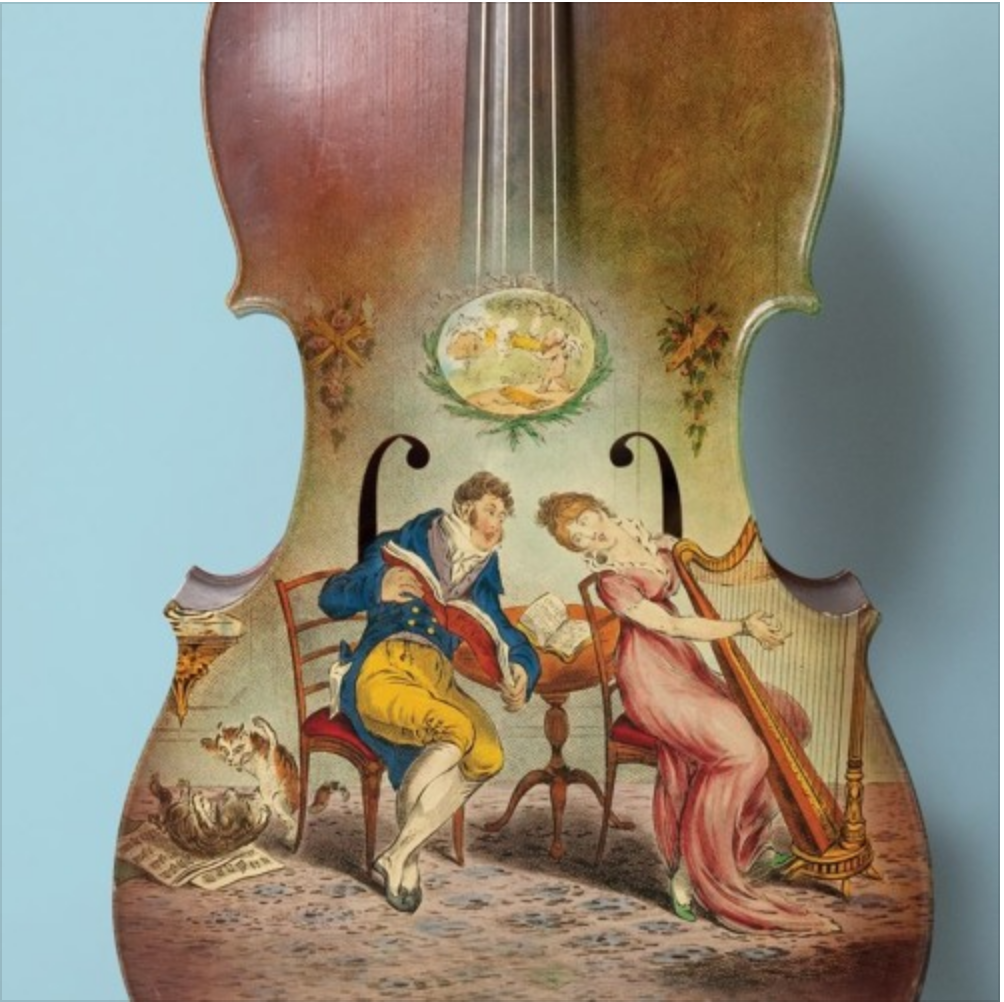Society > Leisure > Making Music
Making Music
Like every community, Gommerigal made music. This was transcribed surprisingly early in the era of European settlement. In London in 1793 Edward Jones transcribed a performance in the Dharug language by two men, Yemmerawanne and Bennelong, who sailed to England with Arthur Philip. Early settlers also transcribed music locally.
Aboriginal music was associated with ritual, but Gommerigal communities were disrupted so soon after the First Fleet arrived, that little is known about the music’s social context, or the instruments that accompanied it. Soon, and increasingly, this heritage was influenced by missions, and by the music of the convicts and their guards.
In 2019 the Museum of Sydney mounted an exhibition (Songs of Home) of music made in the homes of early British settlers. This was essentially the music they brought from Britain, accompanied by whatever instruments they had brought. The exhibition also explored interactions between indigenous music and the colonists’ traditions.
Songs of Home revealed a vibrant musical culture during early settlement. From the arrival of the First Fleet with a solitary piano to the flood of imported instruments, sheet music and visiting performers, early settlers made the most of the musical resources available to them.
Visitors to the exhibition entered this musical world through instruments and objects as well as soundtracks of compositions created by Australian and British artists, including Scotland’s Concerto Caledonia and students from the Sydney Conservatorium of Music. They also heard the work of five Aboriginal composers commissioned to create works inspired by themes explored in the exhibition.
Related Items
Corroboree at Newcastle, painting, oil on wooden panel, 70.5 x 122.4 cm, by Joseph Lycett, State Library of New South Wales
Violoncello


